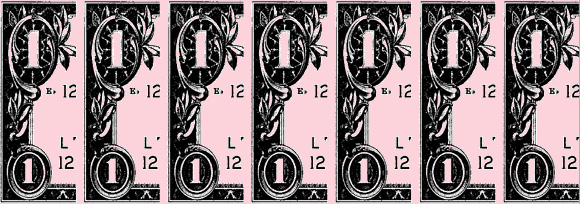On the construction industry’s perspective on the value of architecture, a personal anecdote: In 1993, when I became director of the Center for American Architecture and Design at the University of Texas at Austin, I was determined to forge some sort of cooperative relationship with the research-and-development and/or public relations arm of the construction industry. That industry’s interests and architects’ interests, although they weren’t identical, I thought, at least overlapped. Both wanted to improve the quality of buildings, both wanted to enhance the public’s appreciation of what good construction did to improve their lives, and both were interested in claiming a larger slice of the country’s economic pie to carry out the mission. (Statistics show the percentage of the GDP devoted to building construction dropping almost continuously since 1935, even though every year more square feet have been built.)
The non-profit Construction Industry Institute (CII) seemed a perfect candidate for my personal outreach campaign. Supported by 43 large building-owning companies and a roughly equal number of large construction contracting companies, the CII tracks and disseminates the research of some 37 universities in the subject area of building construction, from new construction management techniques to technical innovations to performance evaluations. (See www.construction-institute.org for a fuller description.)
As it happens, CII is headquartered in Austin. I went to visit.
Through a long and enjoyable afternoon with CII top management — refreshments, cigars, and much nodding all round — I learned a great deal. They were sympathetic with what I was trying to do. Yes, they agreed, it’s a pity that construction spending is not growing proportionately with the economy; and yes, it’s a pity that buildings aren’t what they used to be, etc… but “that’s because buildings today are not economical (i.e. inexpensive) enough.” The corporate sponsors of CII, I was told — although they might, behind a podium, call for finer and better buildings — would privately never support efforts by CII that might make buildings more expensive. Quite the opposite! Every nook and cranny, every step in the construction process, every material and every product used, was to be examined to see if it could be executed, manufactured, transported, or installed more quickly, safely, and economically. This was CII’s public mission. Building costs had to come down, said my hosts, in order to increase demand, and then, perhaps, total spending on construction might go up. Basic economics!
I suggested that they were steadily cutting off the limb they were sitting on. Demand, I reminded them, is a combination of desire and affordability. Making buildings cheaper might make them less desirable faster than it made them more affordable, as my “percent-GDP” data seemed to show was already happening. Sure, people had to live and work somewhere, and in this we both had, as it were, a captive audience. But people wouldn’t spend any more of their hard-earned money on their living or working space than they had to if they had better things to do with it; and the less joy we provided in this regard the more justified they would be in diverting their attention and money elsewhere. Even purely production-oriented buildings — like factories and other “capital facilities” (which is what CII likes to call all buildings except houses) — could reach a limit of cost efficiency and a point of vanishing marginal returns to research. And then what? Will we not have painted ourselves into a corner? We needed, I said, to increase demand by producing a higher quality, better appreciated, more wanted product. Buildings, per square foot, had to become what economists call a superior good — i.e., a good that people spend proportionately more, not less, on as they get wealthier — or at least a normal good (i.e. one that we spend a constant fraction of our wealth on) — if both our businesses were to keep their place in the economy and avoid commodification, which is the death knell of profitability. (I elected to forgo speaking of how architecture “lifted the human spirit” and other such idealistic stuff.)
Many hours later, with great personal warmth and professional courtesy, they wished me good-bye and good luck.
Author and architect Michael Benedikt holds the Hal Box Chair in Urbanism and is Director of the Center for American Architecture and Design at the University of Texas at Austin. His books include For an Architecture of Reality (Lumen Books, 1987), Deconstructing the Kimbell (Lumen Books, 1991), Cyberspace: First Steps (MIT Press, 1991), Value and Value 2 (Center for American Architecture and Design, 1997, 1998), Shelter: The 2000 Raoul Wallenberg Lecture (Taubman College of Architecture and Urban Planning, 2001) and God Is The Good We Do (Bottino Books, 2007.
Originally published 1st quarter 2002, in arcCA 02.1, “Image Mirror.”






